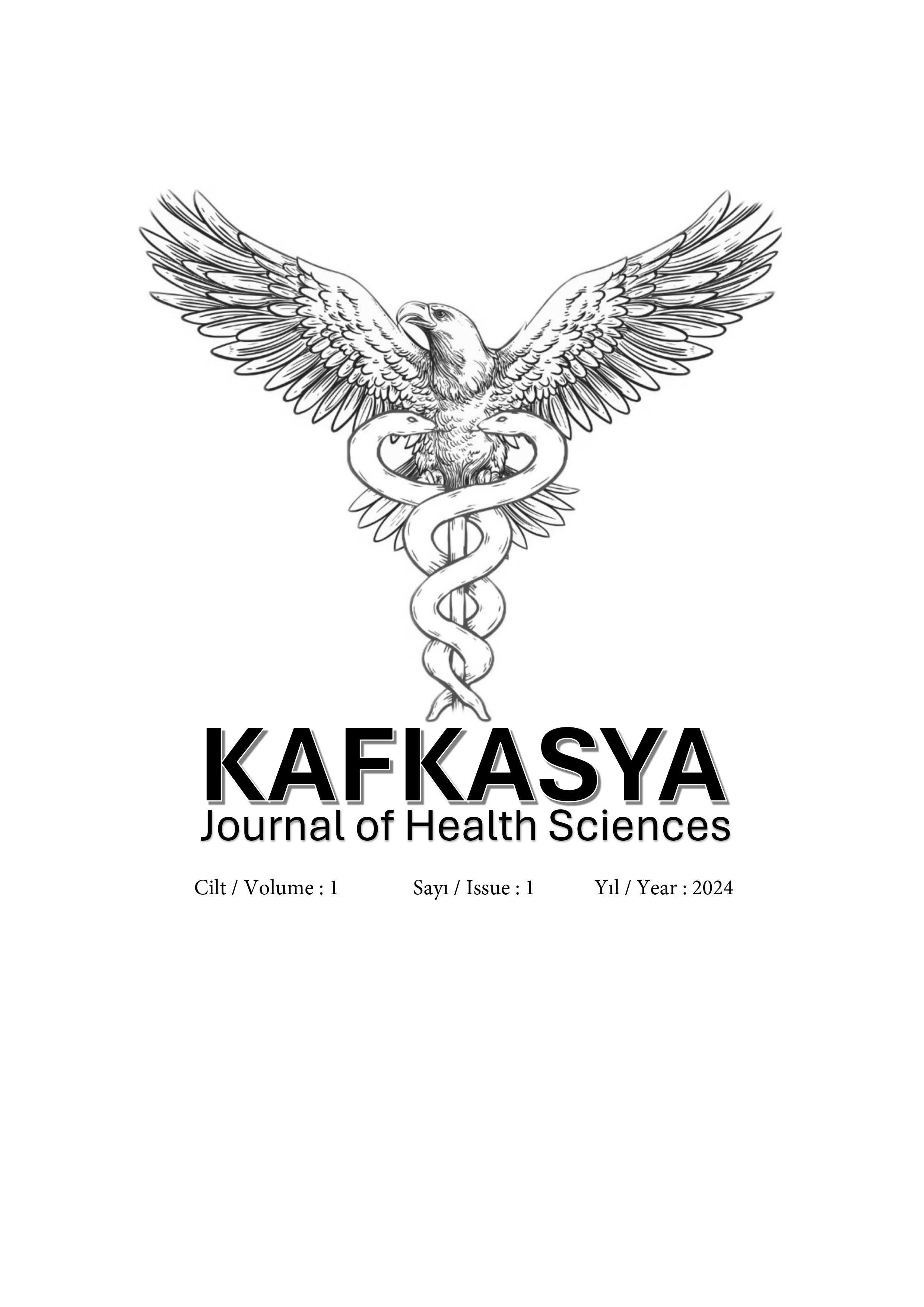Clinical Evaluation and Treatment Process of a Cat with Splenic Lymphoma: Case Report
DOI:
https://doi.org/10.5281/zenodo.12510847Keywords:
British shorthair, Cat, Lymphoma, SpleenAbstract
Splenic lymphoma is a rare and important neoplasm in cats. This case report is a 14-month-old, female, fully vaccinated, British Short hair cat with no history of trauma that came to our clinic with complaints of increasing inactivity, vomiting, constant sleeping and abdominal swelling for 15 days. With the support of clinical findings, laboratory results and imaging techniques, the cat was diagnosed with splenic lymphoma and treatment was started. As part of the treatment, firstly a surgical splenectomy operation was performed. In the post-operative period, iron supplements, Vitamin B12 injections, NSAIDs, opioids, and broad-spectrum antibiotics were used. In addition, high-calorie food and supplementary vitamins were given in order to improve the patient's nutritional status. As a result; after a successful splenectomy, a significant improvement was observed in the patient's general health status, and it was observed that the supportive treatments applied during the treatment process played an important role in preventing complications and accelerating recovery. Early diagnosis and appropriate surgical interventions for the diagnosis and effective treatment of splenic lymphoma in cats depend on veterinarians performing a comprehensive evaluation of these patients and creating an accurate diagnosis and treatment plan.
References
Alan, E. M., Bilgin, Z., & Koenhemsi, L. (2022). Mycoplasma spp. ile Enfekte Kedilerde Trombosit Sayısı ve Trombosit İndekslerinin İncelenmesi. Erciyes Üniversitesi Veteriner Fakültesi Dergisi, 19(1), 43-48.
Ettinger, S. N. (2003). Principles of treatment for canine lymphoma. Clinical techniques in small animal practice, 18(2), 92-97.
Gavazza, A., Lubas, G., Valori, E., & Gugliucci, B. (2008). Retrospective survey of malignant lymphoma cases in the dog: clinical, therapeutical and prognostic features. Veterinary research communications, 32, 291-293.
Graff, E. C., Spangler, E. A., Smith, A., Denhere, M., & Brauss, M. (2014). Hematologic findings predictive of bone marrow disease in dogs with multicentric large‐cell lymphoma. Veterinary Clinical Pathology, 43(4), 505-512.
Grindem, C. B., Breitschwerdt, E. B., Corbett, W. T., Page, R. L., & Jans, H. E. (1994). Thrombocytopenia associated with neoplasia in dogs. Journal of Veterinary Internal Medicine, 8(6), 400-405.
Uçmak, Z. G., Koenhemsi, L., Uçmak, M., Or, M. E., Bamaç, Ö. E., Gürgen, H. Ö., & Yaramış, Ç. P. (2021). Evaluation of platelet indices and complete blood count in canine mammary tumors. Acta Scientiae Veterinariae, 49.
Phillips, C., Naskou, M. C., & Spangler, E. (2022). Investigation of platelet measurands in dogs with hematologic neoplasia. Veterinary Clinical Pathology, 51(2), 216-224.
Downloads
Published
How to Cite
Issue
Section
License
Copyright (c) 2024 Abdurrahman ERGÜL

This work is licensed under a Creative Commons Attribution 4.0 International License.
The journal is licensed under a Creative Commons Attribution-NonCommercial-NoDerivatives 4.0 International (CC BY-NC-ND 4.0)
You are free to:
- Share — copy and redistribute the material in any medium or format
- The licensor cannot revoke these freedoms as long as you follow the license terms.
Under the following terms:
- Attribution — You must give appropriate credit , provide a link to the license, and indicate if changes were made . You may do so in any reasonable manner, but not in any way that suggests the licensor endorses you or your use.
- NonCommercial — You may not use the material for commercial purposes .
- NoDerivatives — If you remix, transform, or build upon the material, you may not distribute the modified material.
- No additional restrictions — You may not apply legal terms or technological measures that legally restrict others from doing anything the license permits.
Notices:
You do not have to comply with the license for elements of the material in the public domain or where your use is permitted by an applicable exception or limitation .
No warranties are given. The license may not give you all of the permissions necessary for your intended use. For example, other rights such as publicity, privacy, or moral rights may limit how you use the material.
Notice
This deed highlights only some of the key features and terms of the actual license. It is not a license and has no legal value. You should carefully review all of the terms and conditions of the actual license before using the licensed material.
Creative Commons is not a law firm and does not provide legal services. Distributing, displaying, or linking to this deed or the license that it summarizes does not create a lawyer-client or any other relationship.
Creative Commons is the nonprofit behind the open licenses and other legal tools that allow creators to share their work. Our legal tools are free to use.



